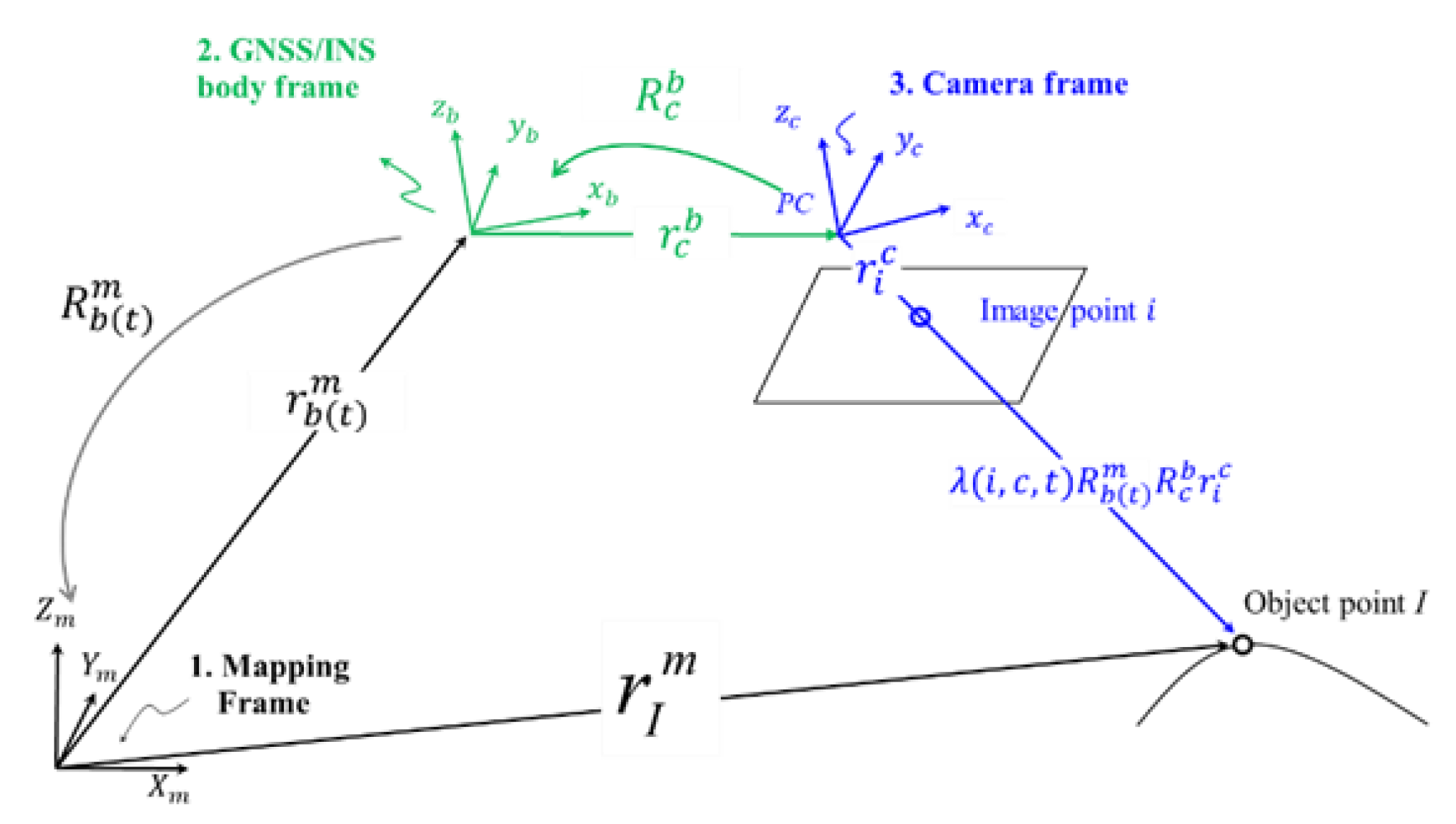


While potentially in contravention of the Geneva Conventions, military forces have also recognized that it can cripple an enemy's ability to resist by attacking key elements of its civilian and military infrastructure. Emergency services might also be hampered.Īn entire region can become debilitated because some critical elements in the infrastructure become disabled through natural disaster. Road traffic, air traffic, and rail transportation might then become affected. This could lead to a consequential reduction in electrical power generation, which in turn leads to the forced shutdown of computerized controls and communications. Take, for example, a computer virus that disrupts the distribution of natural gas across a region. The systems and networks that make up the infrastructure of society are often taken for granted, yet a disruption to just one of those systems can have dire consequences across other sectors. The directive describes the United States as having some critical infrastructure that is "so vital to the United States that the incapacity or destruction of such systems and assets would have a debilitating impact on security, national economic security, national public health or safety." Overview

This was updated on December 17, 2003, by President Bush through Homeland Security Presidential Directive HSPD-7 for Critical Infrastructure Identification, Prioritization, and Protection. This recognized certain parts of the national infrastructure as critical to the national and economic security of the United States and the well-being of its citizenry, and required steps to be taken to protect it. In May 1998, President Bill Clinton issued presidential directive PDD-63 on the subject of critical infrastructure protection. CIP is a national program to ensure the security of vulnerable and interconnected infrastructures of the United States. 6.2.1 Phase 1 Example in the “Real World”.4.1 National Infrastructure Assurance Plan / National Infrastructure Protection Plan.


 0 kommentar(er)
0 kommentar(er)
